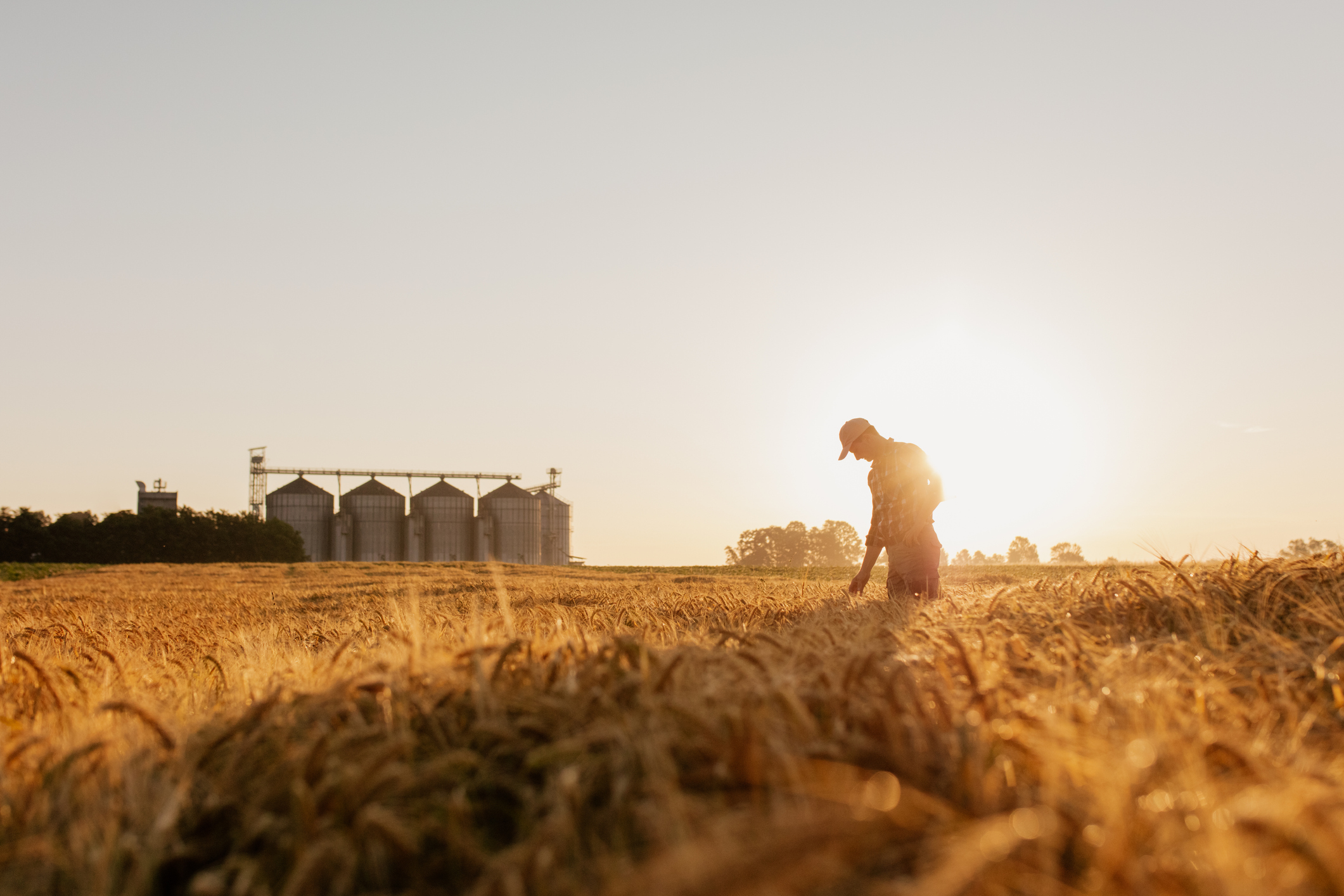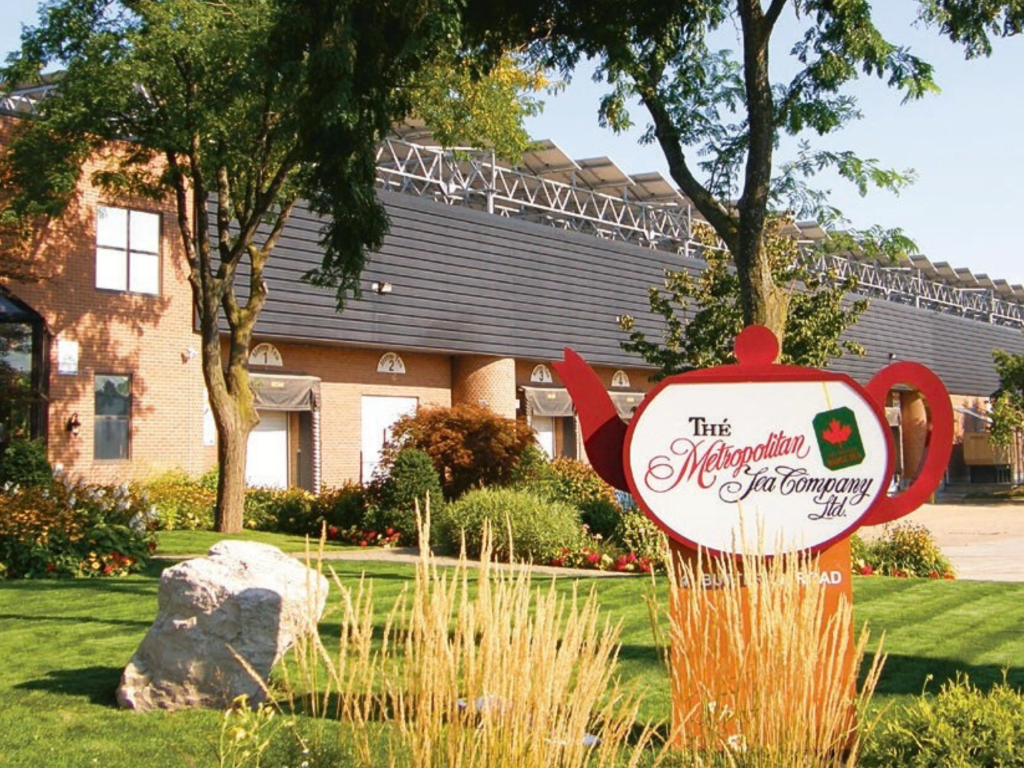Published January 29, 2024 • 6 Min Read
Lorna McKercher has seen the up and down cycles of financial markets in the agriculture sector several times over. She’s a fifth-generation crop farmer in Ontario and the new National Director Agriculture for RBC in Canada. But the steady steep climb in interest rates since March 2022 is unprecedented in recent decades and is likely to trigger some shifts in the approach to on-farm money management, according to McKercher.
“Everything is tighter out there,” says McKercher. “Commodity prices are down while interest rates, input costs and labour costs are up.”
Rising interest rates have many on edge, not just in agriculture, with the immediate increase in the cost of borrowing. For farm businesses that impacts operating lines of credit with variable interest rates, any accounts payable with interest attached to them and longer-term debt used to finance capital purchases.
What’s behind the hikes
Craig Wright characterizes recent rate hike trends as one of the most aggressive increases in three decades. “The Bank of Canada has increased interest rates aggressively in an effort to get inflation back into its 1-3% target range from a multi decade high of 8.1% in June 2020,” says Wright, chief economist with RBC.
One of the many aftershocks of Covid was soaring inflation rates as increasing demand for goods came in lock step with significant supply chain bottlenecks and mounting geopolitical uncertainty that put pressure on prices around the globe.
“As supply chain pressures have eased, Canada has seen an improvement in inflation rates, and the recent rates hikes will help reduce inflation further as domestic demand moves back in line with supply,” says Wright.
The impact on agriculture
The obvious implication is that farm loans that are up for renewal are coming due at a much higher interest rate than they were locked in at. “We’ve enjoyed almost two decades of low interest rates with a rate historically below 5% since 2009,” explains McKercher. So, anything coming due will be higher than it was, regardless of the length of term.
The cost of borrowing for new purchases has become a bigger part of the purchase process – contrasted with lower rates that were a negligible part of the decision-making process.
McKercher notes three areas for producers to think about in farm finance since the new rate reality is likely here to stay. There are day-to-day operating costs that are usually covered in an operating line of credit that will now be at a higher variable rate. There are capital purchases required to run the business – tractors, barn maintenance, etc. And then there are the capital projects that are part of a bigger long-term strategic plan for the farm business – building a new barn or buying more land.
Look at operating lines to be sure you are only financing what you need to because it’s a floating rate. If you are considering a new equipment purchase or investing in additional quota, do that on a term loan or mortgage with a fixed interest rate so you’ll know your costs.
“Every purchase should be analyzed to make sure it fits with the objectives of the operation and higher rates mean producers will need to analyze their purchase decisions even more to be sure it makes sense right now,” says McKercher. Think about what cashflow it will generate or whether you have extra cash to make the purchase. Could you push it off a year to give yourself time to pay off other debts? Or maybe you can find another stream to generate income to afford the new capital purchases.
“Within the past year I’ve seen more people fixing rates for longer terms than they had been,” says McKercher. “Locking in will give producers lower rates and more certainty, while providing some flexibility for the future.”
When it comes to big picture planning, McKercher encourages producers to challenge themselves a little. “Higher interest rates cause people to make decisions they might not have had to make when rates were lower,” says McKercher. “Be sure you are doing the big projects for the right reason.”
Work the numbers. Talk it through.
Communication and good management – keys to most successful endeavours – create the cornerstones for working with higher interests too. McKercher knows that good management pays off even when making decisions at lower interest rates. “And now, an interest rate strategy needs to be part of your bigger farm decision planning process.”
A key to that process is talking about options. Lean on your financial advisor to help you through the options and opportunities. “Ups and downs are an inevitable part of the financial aspect of running a farm operation, but it does not reflect the abilities of the farm operator,” says McKercher. “We want to talk about options and figure out what works best for you and your farm.”
Know your numbers. That means costs of production and renewal time for loans. More information will help you map out a strategy that could include staggering renewals where possible, so you aren’t exposing your whole operation at the same time.
Build more working capital. Higher interest rates remind McKercher of sage advice from Dr. David Kohl, a renowned agricultural economist, that “cash is queen.” Building more working capital will provide more flexibility when it comes to loan renewal or payout and financing options for new projects.
“When you have cash at hand, you have more options for the monetary decisions you make,” says McKercher. “If you don’t have cash – and with tighter markets and higher rates – it affects your ability to make the decisions, the purchases and the payments you want to make.”
Also, look around the farm for any non-incoming generating assets that could be sold to create more working capital or relieve debt attached to the asset.
There are some upsides
Higher rates aren’t all doom and gloom for agriculture. McKercher can now offer very good investment options for customers. “We have lower risk investment opportunities that provide returns and bring the options to diversify when everything isn’t invested into the farm,” she says.
The rising interest rate is also expected to slow down the rapid increase in farmland values that was driven by the availability of “cheap” money that didn’t require factoring in the impact of a higher rates.
There’s no doubt, farmers will have some tough questions ahead to understand the risks they have in their operation, where they are at and what they are comfortable with. “The tighter the market gets, the more it requires you to think about risk tolerance and the comfort level you can live with,” says McKercher. “We can’t bank on rates going back to pre pandemic levels.” Wright echoes that prediction and adds: “We think the current 5% rate is sufficient to get inflation back under control, suggesting the recent round of interest rate hikes is behind us.”
This article is intended as general information only and is not to be relied upon as constituting legal, financial or other professional advice. A professional advisor should be consulted regarding your specific situation. Information presented is believed to be factual and up-to-date but we do not guarantee its accuracy and it should not be regarded as a complete analysis of the subjects discussed. All expressions of opinion reflect the judgment of the authors as of the date of publication and are subject to change. No endorsement of any third parties or their advice, opinions, information, products or services is expressly given or implied by Royal Bank of Canada or any of its affiliates.
Share This Article






